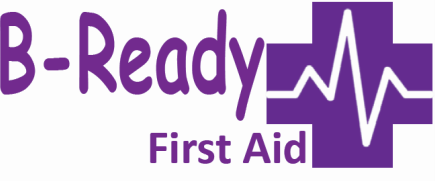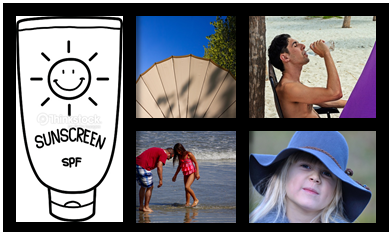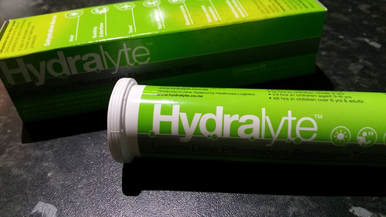|
Heat Exhaustion & heat stroke are a great concern especially over the summer months as the temperatures are on the rise, especially over the next few days in Brisbane. The most at risk groups are our little ones and those who are older. Did you know that once you are over 40 years in age that your body does not recognize you are dehydrated as early as it used to, therefore if you are thirsty you will require more fluids (water) than you realize to re-hydrate. Most of us when we get hot start to sweat, this is the normal mechanism to cool the bodies core temperature, but when this process is not functioning properly, that evaporation technique is not always adequate. Heat Exhaustion.Often heat exhaustion can begin with thirst and a headache leading onto nausea, dizziness which can lead to collapse. Just feeling lousy, unwell and maybe even discomfort.The body temperature is less than 40 deg C , will appear red & still be sweating in an attempt to cool down. Heat Stroke.This is worse than heat exhaustion as the core body temperature is rising and is above 40 deg C now, which is life threatening as now the bodies organs are being affected and it can cause unconsciousness and death. As this is a progression on from heat exhaustion you can expect all those signs and symptoms to also be present but with some possible changes. Their skin may now become dry, will still appear red though as the body is in preservation mode and is trying to keep available fluid for the essential organs to function. There are some people though that can profusely sweat at this stage. Management of Heat related illnesses.Heat Exhaustion it is all about cooling their body and reducing the temperature, reasonably slowly. Assist them into a shaded or cooler environment if you can, remove any extra clothing and moisten their skin with a dampened cloth or even a spray bottle. Gently fanning with sips of water if they are fully conscious. Always keep them under observation as if they are not responding reasonably quickly it is best to call for an ambulance. Heat Stroke is serious and requires treatment as soon as possible, call for an ambulance, get them into a cool place if possible again you can cool the skin surface with the wet cloth and fan vigorously, even placing some wrapped ice packs to the back of the neck and armpits and always monitor just in case they become unresponsive or even stop breathing. Prevention is always the best practice as the temps begin to climb again. Keeping well hydrated is a great start and trying to stay in cool environments that have plenty of ventilation or are air conditioned. This can be so difficult for those who work outdoors or in restricted hot sheds or buildings and environments that also may have radiant heat sources etc. Workplaces will have specific guidelines for each environment or work area that are relevant to occupational health and should be followed to protect employees.
Fluid is essential to hydration and we often leave that too late, start as early in the day as you can with cool water, ice blocks etc. Even using hydrolyte, as directed, can make a big difference. If possible, restrict activities in the hottest parts of the day and keep a watchful eye on those who are ill, young or older in our communities.
2 Comments
10/5/2024 08:02:30 pm
I really enjoyed your blog posts thank you
Reply
Leave a Reply. |
AuthorI'm all about educating those who have completed a First Aid Course & those that haven't....... You can B-The one to make a difference so B-Ready! Archives
February 2018
Categories |
We Would Love to Have You train with us!
HoursOffice hours
M-Th: 9am - 5pm F: 9am-4pm |
Telephone |
|




 RSS Feed
RSS Feed


